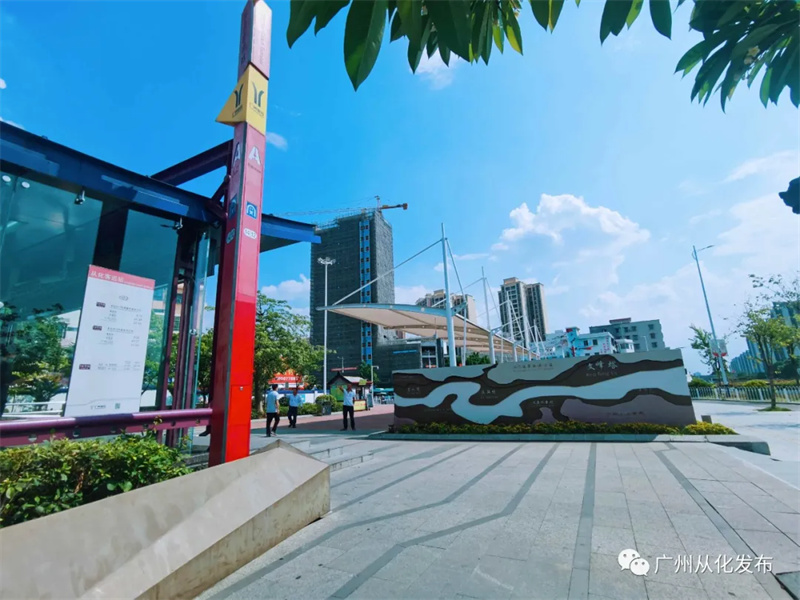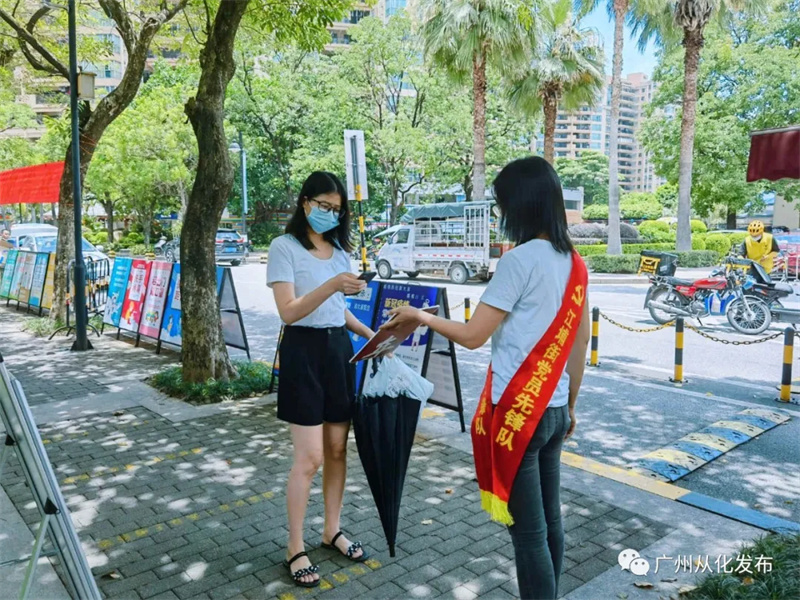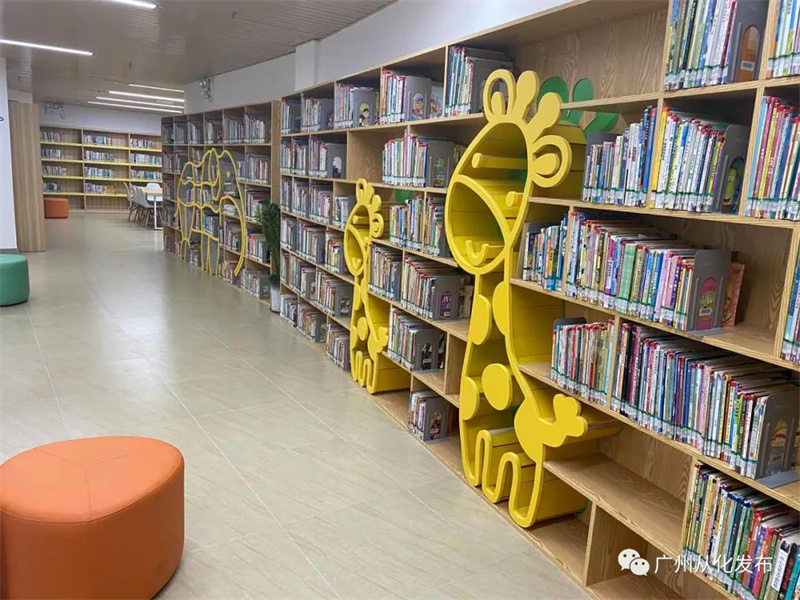Yanjiangnan community

The Yanjiangnan community of Jiangpu subdistrict in Conghua district of Guangzhou has been striving to build a co-construction, co-governance and shared civilized community in recent years and achieved multiple honors at all levels as a demonstration community in Guangzhou, capital of South China's Guangdong province.
Comprehensive supporting facilities improves sense of happiness
The community has 3,021 registered households with a household registered population of 4,563 and a permanent population of 9,402.

Adjacent to a commercial area with Conghua Avenue crossing through the community, Yanjiangnan enjoys great transportation convenience, equipped with comprehensive bus routes and subway line 14.
Starting 2019, investment was put in garbage sorting facility upgrade. By 2020, the community had established 17 regular garbage collection points, six late delivery points and one garbage-sorting transfer station. Supporting facilities such as lights and wash sinks provide a clean and tidy environment for residents.
The road was also upgraded for better safety and looks, which was applauded by the residents.
Co-construction, co-governance and shared governance pattern brings sense of security

The Party branch in the community has played a leading role in building a co-construction, co-governance and shared governance pattern. Party members took the lead in contributing to major campaigns such as COVID-19 control and prevention work, garbage sorting and cultural publicity promotions.
The community Party branch established a grid management system in August this year with the ultimate goal of serving the people.
Diversified cultural activities bring sense of gain
At Yanjiangnan, various cultural events are held to celebrate holidays. Residents' lives are fully enriched and people bond together through group activities, such as biking and dancing.

In September 2020, a community cultural activity center was opened to public. The center is free to enter and is open 42 hours a week. It has a 31,000-volume book collection, six electronic reading devices and Wi-Fi. The center provides regular free services, such as cultural activities, arts training for children, and lectures.
